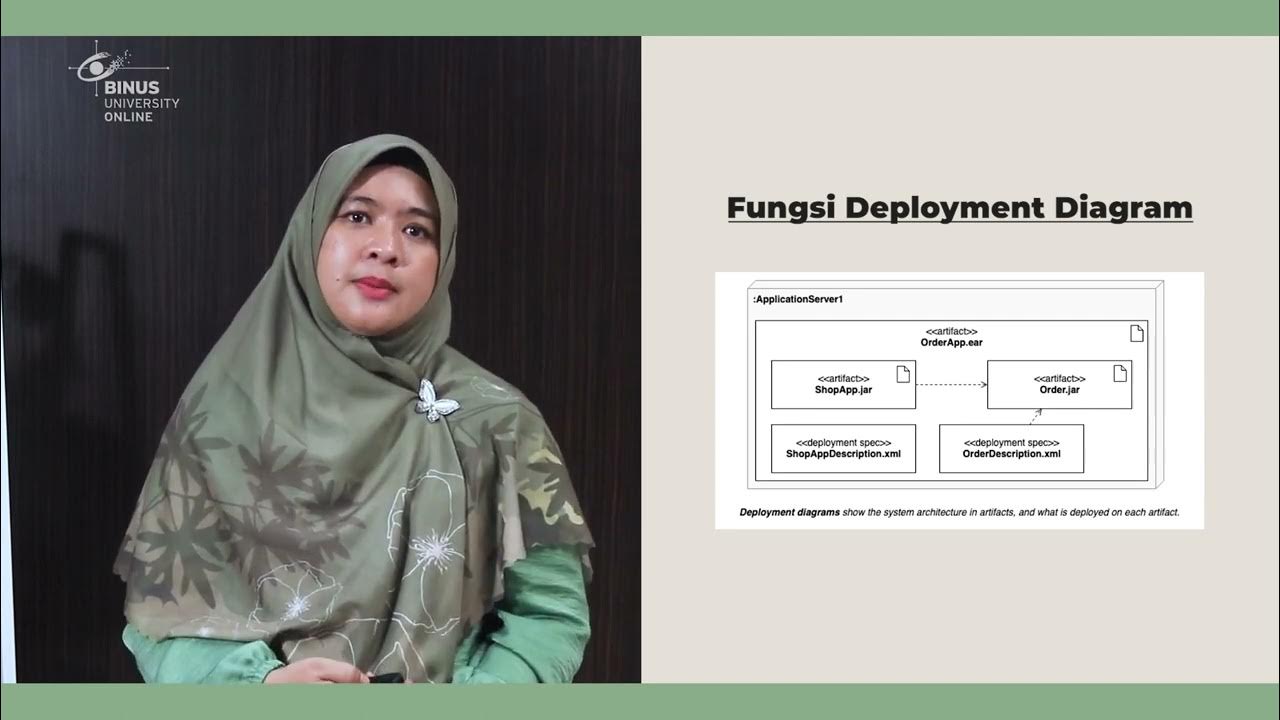System Design Diagrams with ChatGPT
Summary
TLDRThe video explores how AI can enhance solution architecture design, demonstrating ChatGPT's ability to create a web application architecture diagram. It discusses AI's potential to automate architectural decisions, the integration of generative AI in tools like AWS, and envisions a future with autonomous agents designing, deploying, and maintaining software systems.
Takeaways
- 🤖 AI can significantly enhance the productivity of solution architects by automating tasks like coding and designing architecture diagrams.
- 👨💻 While AI is known for coding capabilities, its impact on system design and architecture is less discussed, but it is equally transformative.
- 📈 AI can assist in designing web applications by suggesting technologies and frameworks, such as React.js, REST APIs, GraphQL, Redux, D3, and Chart.js for the frontend, and microservices with PostgreSQL for the backend.
- 📚 AI can provide architectural advice, like having each microservice with its own database schema and accessing the database only via backend microservices.
- 🔍 AI can generate architecture diagrams using code, as demonstrated by the Python package mentioned, which allows drawing diagrams programmatically.
- 🛠️ AI can make opinionated architectural decisions, such as using an API Gateway and running services inside Docker containers without Kubernetes.
- 🔄 AI can refine architecture based on specific requirements, like suggesting Redis for caching in a data analytics service that needs to be fast.
- 🤔 AI's suggestions can be evaluated for their practicality, such as the combination of a load balancer and an API Gateway, and adjusted accordingly.
- 🌐 AI can adapt architecture to cloud environments, replacing generic components with cloud-specific products like those from AWS.
- 📋 AI can provide a detailed analysis of architectural pros and cons, which could be included in official architecture documents, indicating a major productivity boost.
- 🌐 The future of AI in architecture envisions autonomous agents that can gather requirements, architect solutions, design systems, code, deploy, and maintain them without human intervention.
Q & A
What is the main topic discussed in the video script?
-The main topic discussed in the video script is the impact of AI on the field of solution architecture, particularly how AI can assist architects in designing web applications more efficiently.
What is the role of AI in coding and software development as mentioned in the script?
-The script mentions that AI can code and that it has the potential to automate certain aspects of software development, but it does not replace programmers.
What was the experiment conducted with ChatGPT-4 regarding solution architecture?
-The experiment involved asking ChatGPT-4 to design a simple architecture for an analytics dashboard web application with specific front-end and back-end requirements, and observing the suggestions and decisions made by the AI.
What front-end technologies were suggested by ChatGPT-4 for the web application?
-ChatGPT-4 suggested using React.js for the front-end, REST APIs or GraphQL for data fetching, Redux for state management, and D3 and Chart.js for data visualization.
What advice was given for the back-end architecture of the web application?
-The advice for the back-end included having each microservice with its own schema within the PostgreSQL database and accessing the database only via the backend microservices.
What is the significance of using an API Gateway in the suggested architecture?
-The use of an API Gateway in the architecture provides centralized control over the API routes, security, and monitoring, which simplifies the management of microservices.
How did ChatGPT-4 handle the request to refine the architecture with specific microservices?
-ChatGPT-4 refined the architecture by specifying two microservices: users management and data analytics, with the analytics service using Redis for caching to ensure speed.
What is the role of a load balancer in the context of the discussed architecture?
-A load balancer is used to distribute incoming network traffic across multiple servers, but the script questions its combination with an API Gateway and suggests using one or the other.
How did the script discuss the integration of AI with cloud provider tools for architectural design?
-The script envisions a future where cloud providers like AWS, Google Cloud, and Azure could integrate AI into their architecture diagramming tools to assist architects in designing solutions more effectively.
What is the concept of 'Auto-Adaptive Architectures' mentioned in the script?
-Auto-Adaptive Architectures refer to the idea of AI systems that can autonomously gather requirements, architect solutions, design systems, code, deploy, and maintain them without human intervention, adapting and evolving as needed.
What concerns are raised regarding the control and containment of AI in architecture design?
-The script raises concerns about the need to carefully think about how to 'box' and control AI systems to ensure they operate safely and ethically within the context of architectural design.
Outlines

This section is available to paid users only. Please upgrade to access this part.
Upgrade NowMindmap

This section is available to paid users only. Please upgrade to access this part.
Upgrade NowKeywords

This section is available to paid users only. Please upgrade to access this part.
Upgrade NowHighlights

This section is available to paid users only. Please upgrade to access this part.
Upgrade NowTranscripts

This section is available to paid users only. Please upgrade to access this part.
Upgrade NowBrowse More Related Video

Peran penting Ai dalam industri Arsitektur serta beragam Aplikasi Berbasis Ai yang bisa digunakan

09. Membuat Deployment Diagram menggunakan Draw.io

How I Got Started: Frank Gehry I Fortune

Vera Iconica Architecture: Mavericks in Wellness Architecture

Abstract Factory Pattern – Design Patterns (ep 5)

Kami Meminta AI untuk Merancang Kota Masa Depan
5.0 / 5 (0 votes)